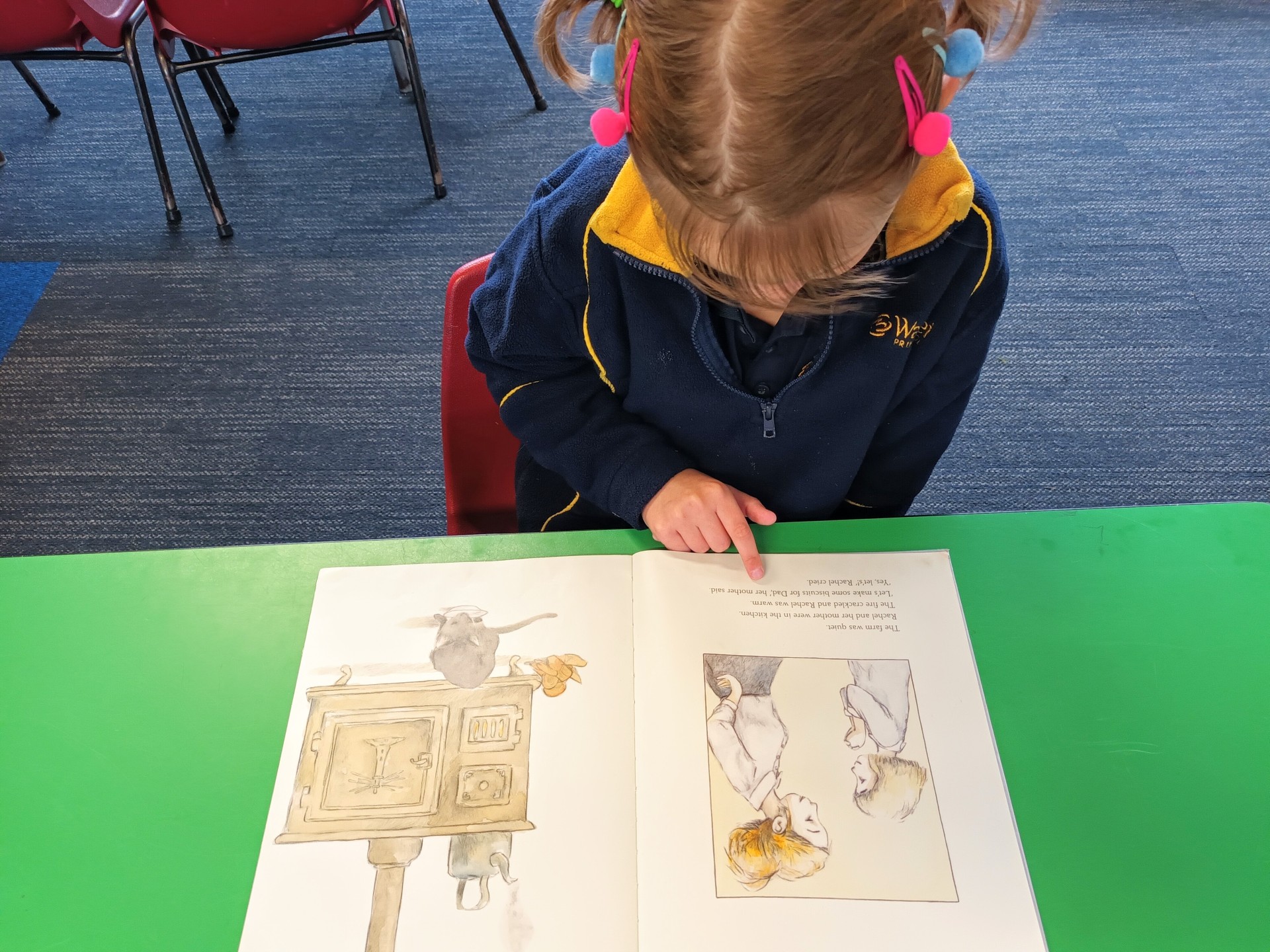Poppies show love and whānau.
The majority of students did not know anything about Anzac Day so we created a list of questions that we wanted to find out the answers for.
Why do they use a poppy to remember the people that died? - Thomas
Why do people wear a poppy? - Lacy
Do we have Anzac Day for the people that died? - Mikayla
Why do people fight in wars? - Malcolm
To answer these questions we could look online, in books and ask experts. One of the experts we asked was Mr Jackson. He came into school and shared what he knew about his grandfather who served at Gallipoli in the Wellington Mounted Rifles Corp.
We found that there was a range of books available about the ANZACs and Anzac Day. Both fiction and nonfiction as well as videos online. Mikayla and Ella shared their picture book from home about Anzac Ted. Illustrations and photos from these resources showed differences in the way of life in the past and now. This has led to other discussions.
People in the war endured terrible living conditions including extreme heat, rain, snow, weapon fire, illness and the grief of having people hurt or dying around them. Anzac biscuits sent from home were gratefully received. They reminded soldiers they were not forgotten about and they were delicious. We were lucky that Lily wrote out the recipe that she had made with her mum. Her recipe included chocolate chips and were rolled into balls. Taya and Lacy had made Anzac biscuits as well, although their recipe did not have chocolate chips and the balls were pressed down lightly with their hand. Of course we had to make a batch of both versions.
The soldiers broke their teeth on the ship’s biscuits because they were so hard. They ate the Anzac biscuits that were sent to them.
Different art techniques were used to create a field of poppies for a classroom display, including painting with balloons, overlapping and collage. To get the best effect from our Stained Window Poppies we chose the sunniest side of the classroom and put them on the windows. While we were making the poppies we learned about their symbolism.
The red of the poppy represents the blood lost. The black represents mourning for all the lives that were lost. The green represents peace and hope.
We wear poppies to show that we remember all the people that helped the wounded as well as the people who died.
So many soldiers involved in the fighting were killed or injured. As part of a class trip we visited the war memorial in Taupō and read the names of the soldiers who died in action or from their wounds. It was noted how many of them had the same surname. These men were brothers, cousins, husbands and fathers. Hugo had been part of the Dawn Parade in his scouts group. He demonstrated where he had marched. Students from Room 13 recognised the symbolism of the colours that were used around the monument. Similarly, we went to look at the crosses that were on display in the Enviro Area at school.
We remember Gallipoli to honour the soldiers and servicemen and women who served, died, or were injured there.The Anzac legend of being hard working, tough, brave, fair and having mateship is something we should remember, celebrate and aspire to. The people who served in the war gave us a taonga. We live in a peaceful place today because of their sacrifice. We give our thanks to them.
We will always remember the soldiers who fought in a war so we could live in peace.








Comments are disabled for this post.